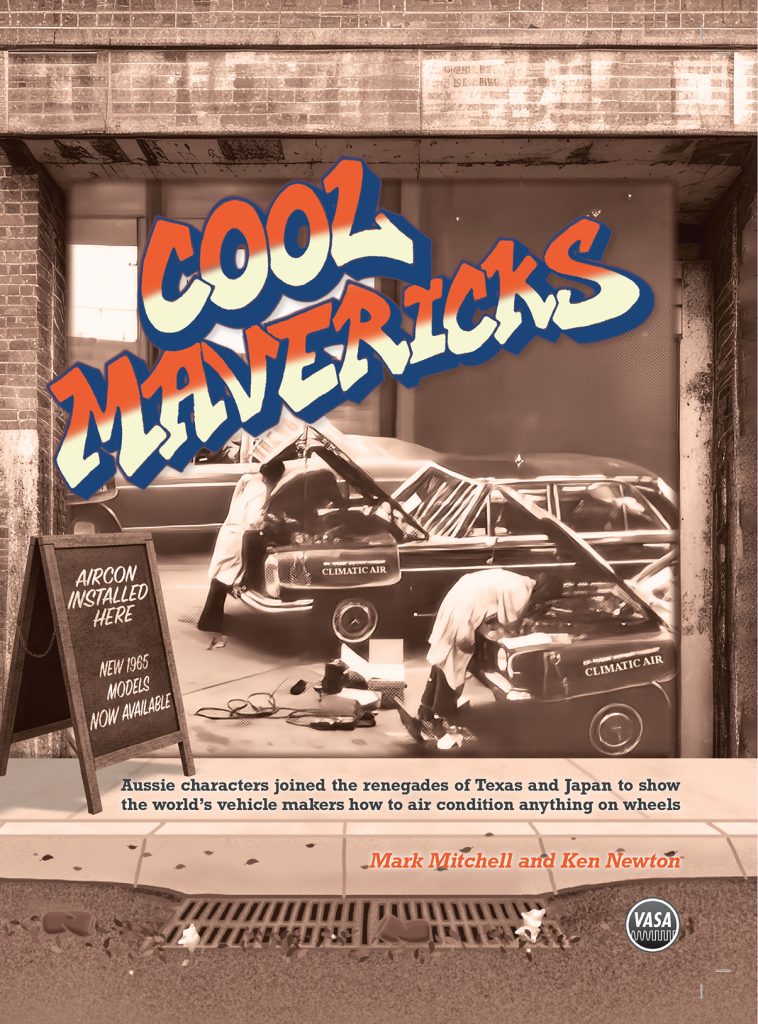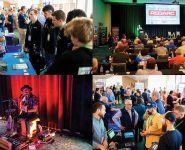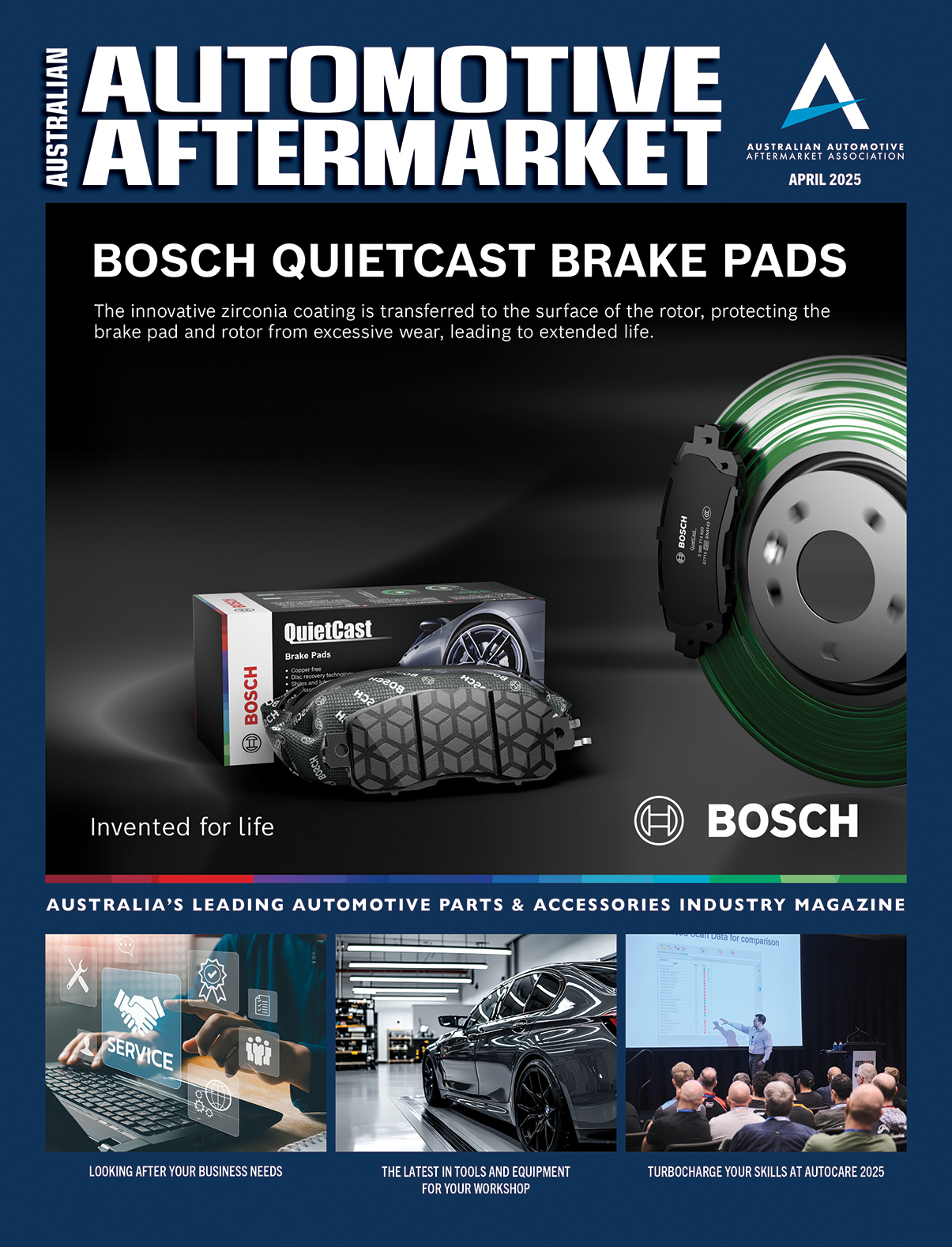COOL MAVERICKS RELEASED
The book celebrates the Australian larrikins who showed the world how to air condition anything on wheels

Those behind a book called ‘Cool Mavericks,’ just released in Australia, say it reveals for the first time how colourful characters, fired with gold-rush zeal in America and Australia and also in Japan, worked out how to air condition every car ever made, leaving the top car makers out of the game for almost half a century.
The buyers of the vast majority of air conditioned Australian cars from the 1960s to the 1990s had their aircon fitted, not by the new car dealership, but by an independent, private installer around the corner.
It wasn’t until almost the turn of the century that air conditioning became the default accessory in every vehicle on the assembly line.
Large private aftermarket innovators emerged in Australia to design and make the systems used in the Australian-made and assembled cars.
Many of the design standards and purpose-built machinery conceived by these companies are still being used by OEM suppliers today, but, like the car makers, most have left Australian shores.
In the hot states of America and Australia, it led to an exciting, innovative and lucrative period for those workshops that took a punt and started building and installing air conditioning in all kinds of mobile vehicles, including trains, tractors, boats and troop carriers.
Industry leaders say Cool Mavericks is the first attempt to give long-overdue credit to the real pioneers of mobile air conditioning, an unsung sector of the vehicle aftermarket who defied all the odds and fired up an industry that was never anticipated and so never planned.
The air conditioning systems devised by these entrepreneurs became the blueprint for all future mobile air conditioning.
The product of a ten-year research project in which more than a hundred pioneers in air conditioning were interviewed globally, Cool Mavericks exposes how mechanical tinkerers in often small, backyard workshops, took control of this opportunistic industry and dominated it throughout the second half of last century.
Cool Mavericks was published by the peak training and stewardship body in mobile air conditioning, VASA (Automotive Air Conditioning, Electrical and Cooling Technicians of Australasia).
Its authors are VASA’s Foundation President and industry pioneer, Mark Mitchell, and VASA’s Chief Executive Officer for its first 20 years, journalist Ken Newton.
In the foreword of the weighty 700-page hard cover book, past-president of Mobile Air Climate Systems Association (MACS) USA, Peter Coll noted: “The history of motor vehicle air conditioning is a fascinating journey that spans the oceans and relies heavily on influences outside of the engineering departments found in the car makers’ factories.”
Current VASA president Brett Meads said the book would appeal to anyone with an interest in the Australian spirit of innovation, as well as automotive history.
While Australia’s pioneer role in mobile air conditioning development dominates the book, many of its pages are devoted to the early patents and vital discoveries that needed to be made before a cooling system based on refrigeration would ever work in a moving vehicle.
For example, those behind the book explain that the early refrigerants used in the first waves of stationary refrigeration in America were so toxic that if used in a vehicle, one leak and everyone in the car would die – and rigid lines used to carry refrigerants in the vehicles of the 1950s and 1960s didn’t last on poor road surfaces. The physical componentry of air conditioning had to be thought out and patented. Finally, somebody had to figure out how to stuff all this gear into a machine that was never designed to be mechanically air conditioned in the first place.
The car air conditioning industry in Australia was full of characters. There were larrikins, opportunists and true entrepreneurs, but all of them in their own way were explorers working with nothing more than an idea of how to cool the biggest variety of vehicles on the planet in one country, and most of them worked out of a tin shed.
The book is available to purchase at www.vasa.org.au









